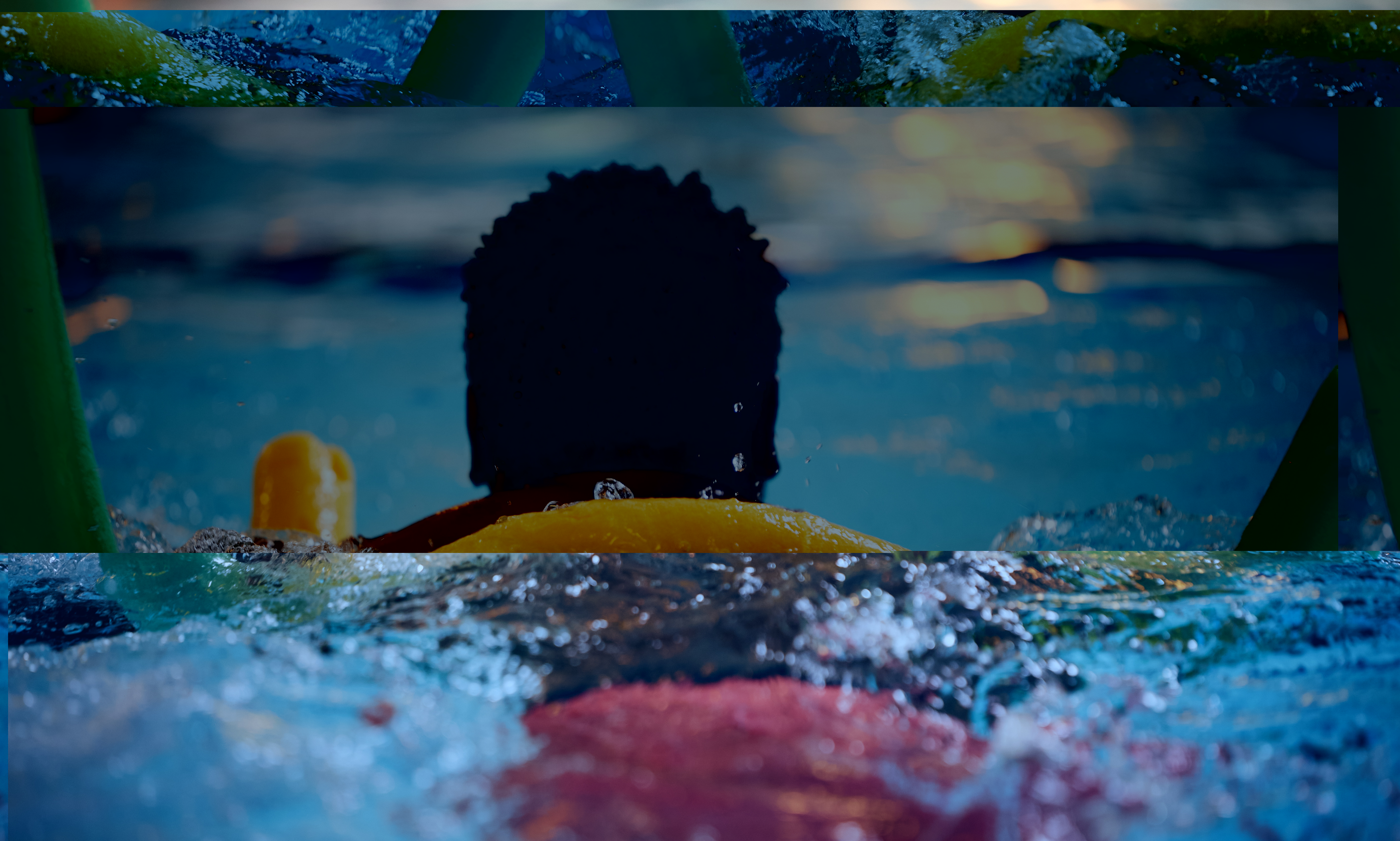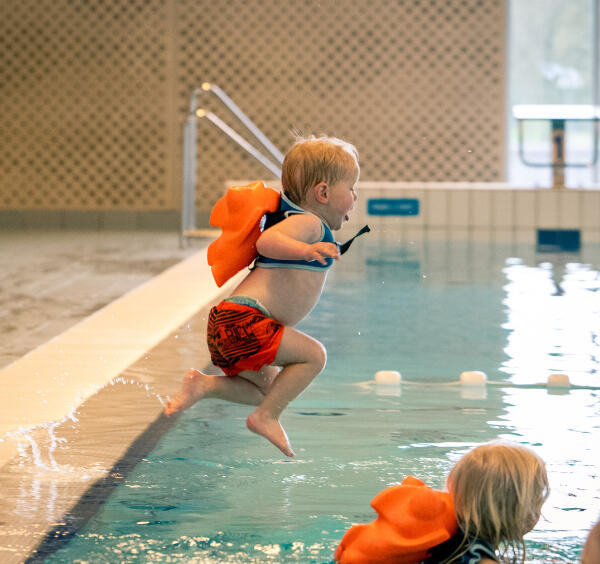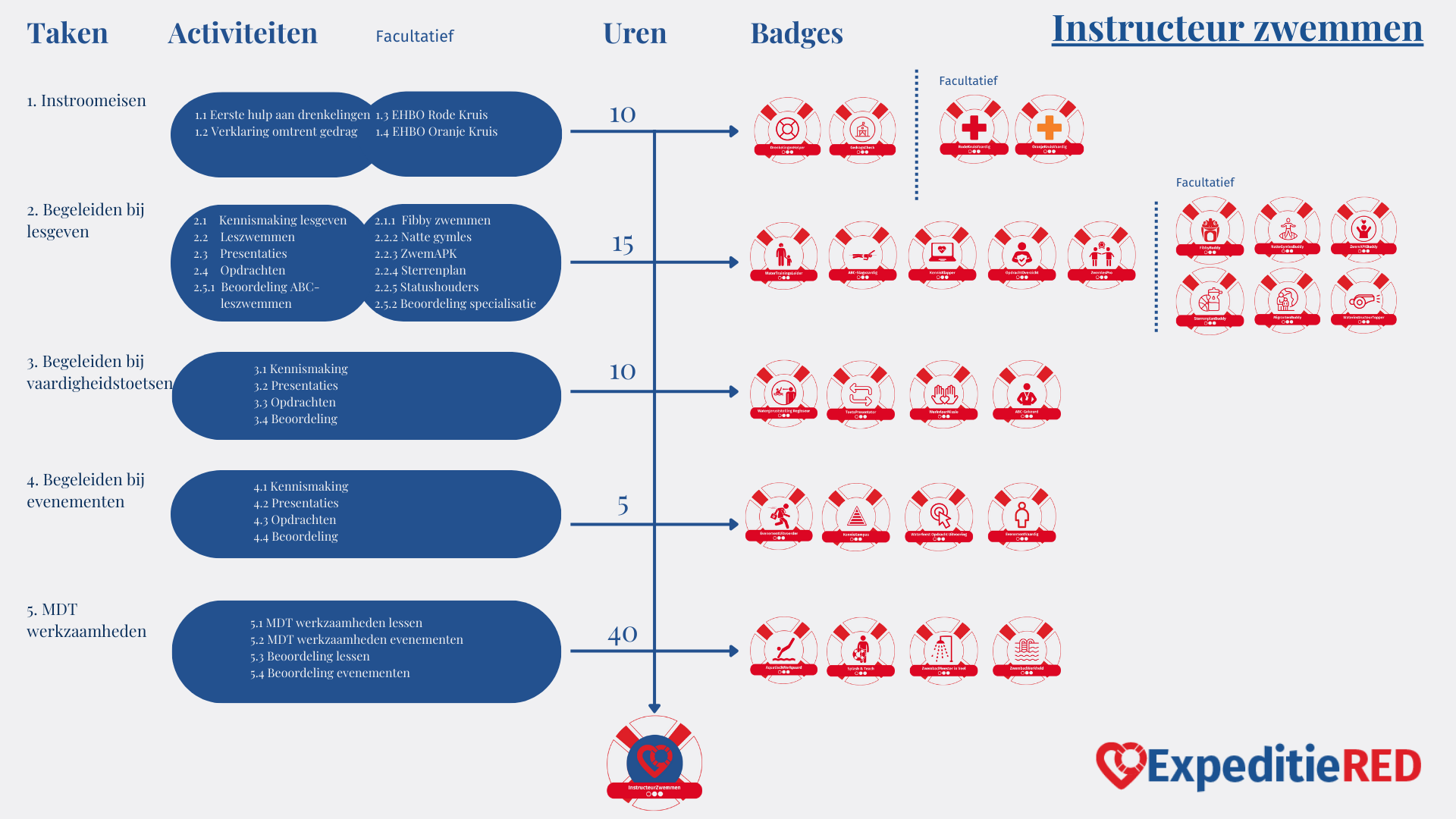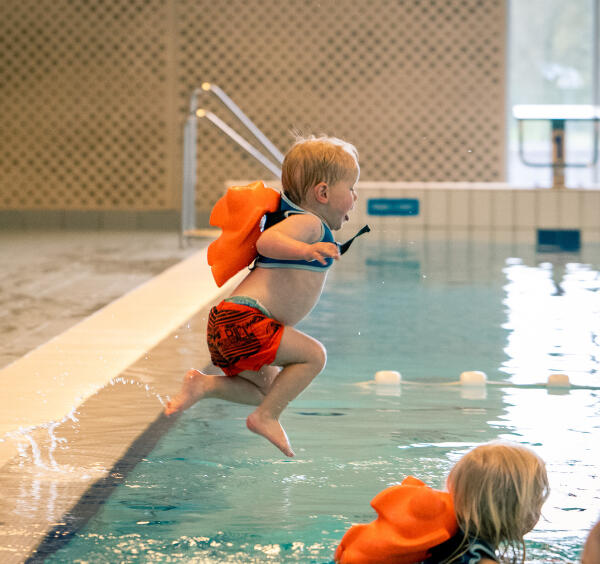26
Swimming Instructor
Swimming Instructor
Content
Your club and all the people who can't swim really need you. Many club activities rely on volunteers. If you love swimming and already have your ABC diploma, you can become an instructor. You'll teach people how to swim and make sure they enjoy it enough to keep coming back. That last part is a big challenge. Many people enjoy being in or around water, but they don't keep up with swimming. As a result, they face significant risks when near water on vacation or if they unexpectedly find themselves in water.
To become an instructor, you need to be at least 16 years old and can participate in a social service program within ExpeditieRED. You'll be trained to become an instructor level 2. This is an officially recognized diploma by NOC*NSF, equivalent to level 2 in the MBO system, if you obtain it through the KNZB (Royal Dutch Swimming Federation). If you don't obtain a KNZB diploma, you'll receive a certificate from us. We adhere to the same quality standards as the KNZB. You'll learn especially how to:
- Manage groups and individuals within groups.
- Create a safe environment.
- Deliver engaging lessons with enthusiasm.
- Teach techniques to children or adults.
- Execute lesson programs.
- Ensure participants have fun and feel satisfied with their progress.
We employ various methods, including games and other challenges, to make it more enjoyable for children or to instill more confidence and enjoyment in older individuals in the water.

A social service time trajectory lasts up to 6 months, during which you teach for about 40 hours per month in the pool. In total, you are active for 80 hours during those 6 months.
Which group you teach depends on your choice. You can teach:
- Very young children together with their parents.
- Children aged 5-9.
- Elderly people who want to resume swimming.
- Status holders who have never learned to swim.
You will be guided in your choices, both during the trajectory and afterwards. What you will do is discussed with the coordinator of ExpeditieRED.

Of course, we collaborate with your club. It needs to align with their goals as well. Together with each club, we assess their needs and desires. We also identify who can mentor you and ensure that you feel comfortable.
You can also train to become a Fibby instructor, who operates outside of the club.
- You'll be working with young children and their parents.
- Your role involves ensuring that both parents and children feel safe and have fun in the water.
- You'll aim to make the lessons a quality time experience for both the parent and the child.

To ensure effective collaboration with associations, ExpeditieRED operates exclusively in Southwest Netherlands.
If you're not a member of an association and have little swimming experience, you can still become an assistant. Additionally, young people working as summer pool attendants can take a Lifeguard course.
Separate training programs and tasks exist for assistant-1, coach-2, and Lifeguard roles.

Activities to complete
Complete the following activities, earn badges and you will see your playlist progress updated
Content
Children aged 2-4 years usually do not yet have the motor skills and strength to successfully participate in the ABC swimming program. However, they face significant risks, which increase as a child becomes more attracted to water. Therefore, it is important to teach these young children water safety skills. You will teach the children:
- Not to be afraid in the water
- How to move freely in the water
- How to stay calm if they fall into the water
- How to reach the edge of the pool when needed
The Fibby is an approved tool that has significant advantages over other aids such as arm bands, floats, and life jackets.

The Fibby allows a child to move their arms and legs freely. Without mastering swim strokes, a child who can walk will start paddling, kicking, and seeking balance with their body and arms. Once they master these movements, they can propel themselves with hands and feet using, for example, a doggy paddle or any other method they come up with. Initially, they use the Fibby, and after sufficient practice, they can swim without it. This makes them much safer in the water and better prepared for swimming diplomas.
At this young age, children learn primarily through imitation, experimentation, and play. Therefore, teaching methods can be quite different from those used for diploma swimming.
Additionally, at this age, you can involve parents in the practice sessions with their child using the Fibby. It's quality time for parents who enjoy it and also helps the child feel safer with a parent present.
We'll teach you:
- What you can do with a Fibby
- Games parents can play
- What parents can demonstrate and encourage
- How to positively guide parent and child interactions
Get activity badge
FibbyBuddy Get this badge
After earning this badge, you'll be able to guide parents on how to help their child become comfortable and self-reliant in the water, while also ensuring that parent and child enjoy their time together in the water.
Tasks
Task no.1
Issued by organiser or scanning QR code
You'll learn to teach children, initially with and later without Fibby, how to save themselves in the water.
Activities: 25
Started: 39
Completed playlist: 5
Time to complete: 7 days 12 hours 20 minutes
Share:
Organisers
ExpeditieRED
Badge issuer recognized with
Awero not-for-profit organisation manages this platform and develops it together with leading educational organisations. The European Union's programme Erasmus+ granted co-funding for building the first version of this platform. Contact support@awero.org.
Platform
Change to another language:
